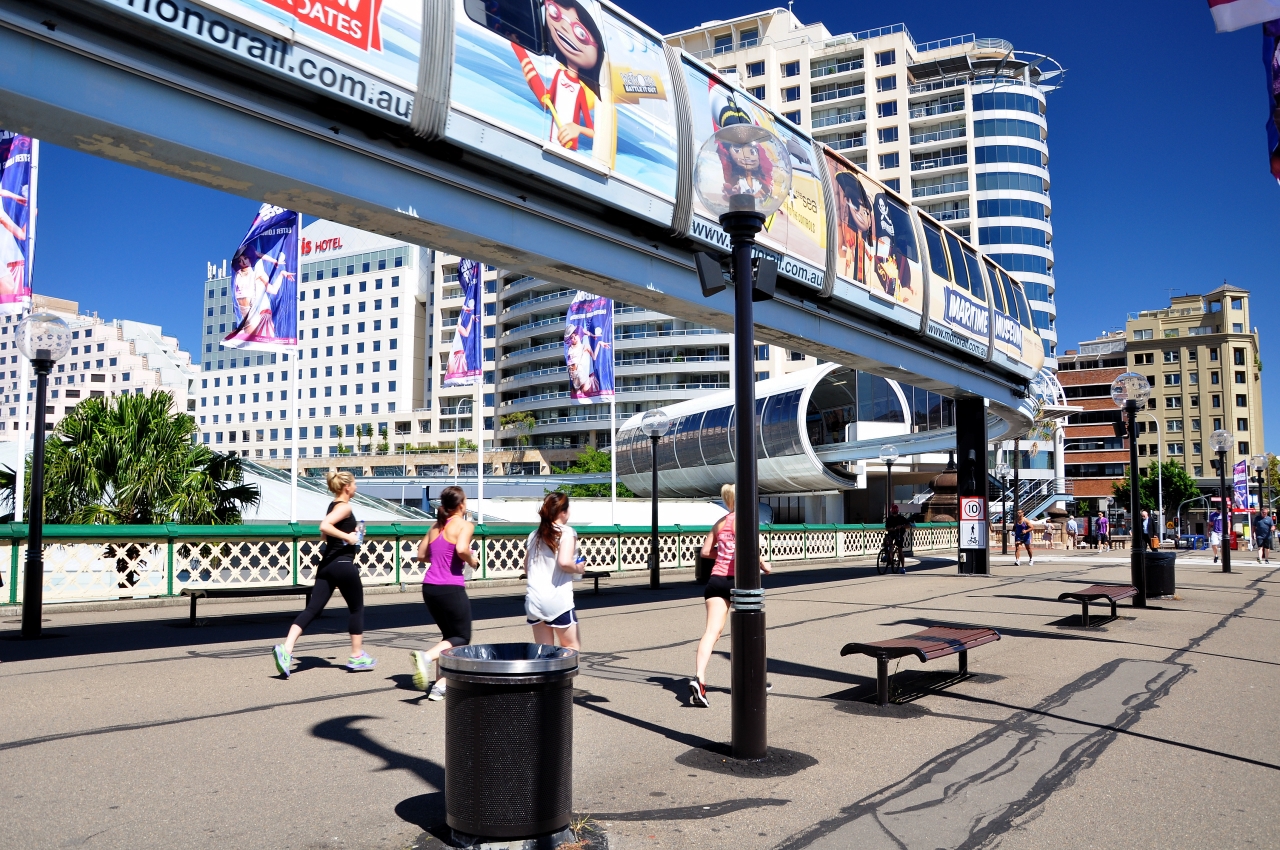The Frog Find Begins
Introduction
Tadpoles, those tiny wriggling creatures, hold the promise of transformation. As they navigate their aquatic homes, they undergo metamorphosis, eventually emerging as frogs. In this comprehensive guide, we’ll delve into the fascinating world of tadpoles in New South Wales (NSW). From understanding their lifecycle to exploring their habitats, we’ll uncover the secrets of these aquatic wonders.
The Lifecycle of Tadpoles
Tadpoles have a interesting development cycle & they typically hatch from eggs laid in water by adult frogs. Equipped with gills for breathing underwater and a tail for swimming, they embark on their journey. As tadpoles grow, they undergo various developmental stages:
Egg Stage: Frog eggs are carefully deposited in water bodies such as ponds, creeks, and dams. These eggs hatch into tadpoles.
Tadpole Stage: Tadpoles are aquatic larvae, nourishing themselves on algae and organic matter. They have gills that allow them to breathe underwater.
Metamorphosis: Over time, tadpoles develop legs, lose their tails, and absorb their gills. This transformation leads to the emergence of a fully formed frog.
The duration of the tadpole stage varies based on species, environmental conditions, and food availability. Understanding their lifecycle helps us provide appropriate care at each stage.
Common Frogs in NSW
Along the eastern states of Australia, several frog species thrive. In your backyard ponds and dams, you might encounter:
Common Eastern Froglet: These small frogs are widespread in NSW.
Striped Marsh Frog: Recognizable by their striped appearance, they inhabit wetlands and ponds.
Eastern Dwarf Tree Frog: Tiny and arboreal, they cling to vegetation near water.
Peron’s Tree Frog: Found from Queensland to Sydney, they’re excellent climbers.
Tadpoles in Backyard Ponds and Dams
Creating a suitable habitat for tadpoles is essential. Here’s how you can support their well-being:
Water Quality: Maintain clean water. Regularly check and change it if it becomes cloudy.
Sunlight: Tadpoles need sunlight for development. Place your container away from direct sunlight to prevent overheating.
Hydration: During hot weather, add water to compensate for evaporation.
Natural Vegetation: Introduce native aquatic plants. They provide shelter and food for tadpoles.
Temporary Netting: Protect tadpoles from large waterbirds by using temporary netting in breeding ponds.
Sydney Olympic Park’s Tadpole Conservation
At Sydney Olympic Park, endangered Green and Golden Bell Frog tadpoles are closely monitored. Temporary netting shields them from waterbird predation. Recycled water helps maintain ephemeral ponds during low rainfall periods.
The Importance of Tadpoles in Sydney and NSW
Tadpoles, those miniature aquatic explorers, play a crucial role in the delicate ecosystems of Sydney and New South Wales (NSW). Let’s uncover why these seemingly insignificant creatures are essential:
Biodiversity: Tadpoles represent a diverse array of frog species. Each tadpole species has unique adaptations, behaviors, and ecological niches. By supporting tadpoles, we contribute to the overall biodiversity of our region.
Natural Pest Control: Adult frogs feed on insects, including pests like mosquitoes. Tadpoles contribute indirectly by reducing insect populations. Imagine a summer evening without the incessant buzz of mosquitoes—thank the tadpoles!
Nutrient Cycling: Tadpoles feed on algae and organic matter. As they graze, they help regulate nutrient levels in water bodies. This nutrient cycling benefits aquatic plants and other organisms.
Indicators of Ecosystem Health: Tadpoles are sensitive to changes in water quality, temperature, and pollution. Their presence (or absence) serves as an early warning system for ecosystem health. If tadpoles thrive, it’s a positive sign for the environment.
Educational Value: Studying tadpoles introduces children and adults alike to the wonders of nature. Observing their metamorphosis fosters curiosity and environmental awareness.
So next time you spot tadpoles in a local pond or dam, remember that they’re not just tiny squiggles—they’re vital contributors to our natural world. Let’s protect their habitats and celebrate their role in NSW’s ecological tapestry!
Join the Discussion!
Have you ever encountered tadpoles in your local waterways? Share your stories, photos, and observations with us! Let’s create a lively conversation about these fascinating aquatic creatures. Whether you’ve spotted tadpoles in your backyard pond, a nearby creek, or even a city park, your experiences contribute to our collective understanding of NSW’s natural ecosystems. Join the discussion below and celebrate the wonder of tadpoles! Also for more info on tadpoles, frogs and other interesting items check out our video channel or more on this video.
Conclusion
Observing tadpoles isn’t just educational; it’s a chance to connect with nature’s intricate cycles. So grab your magnifying glass, head to the nearest water body, and embark on a tadpole adventure!


2 thoughts on “NSW’s Aquatic Frog & Tadpole Wonders”